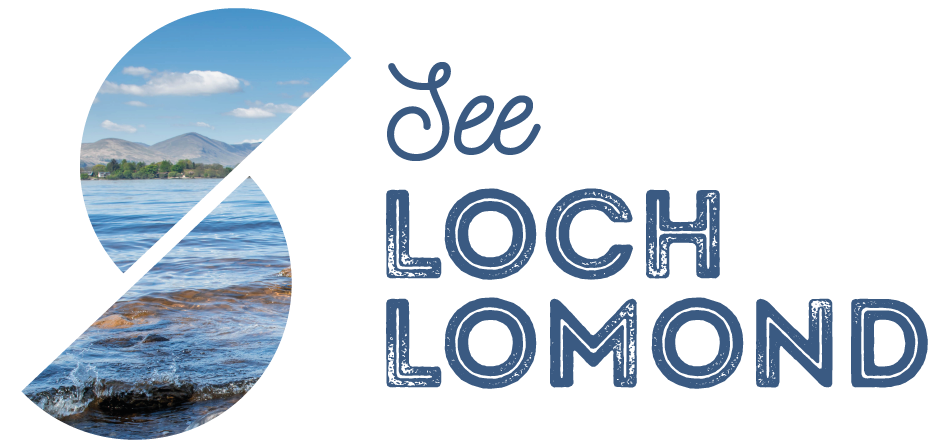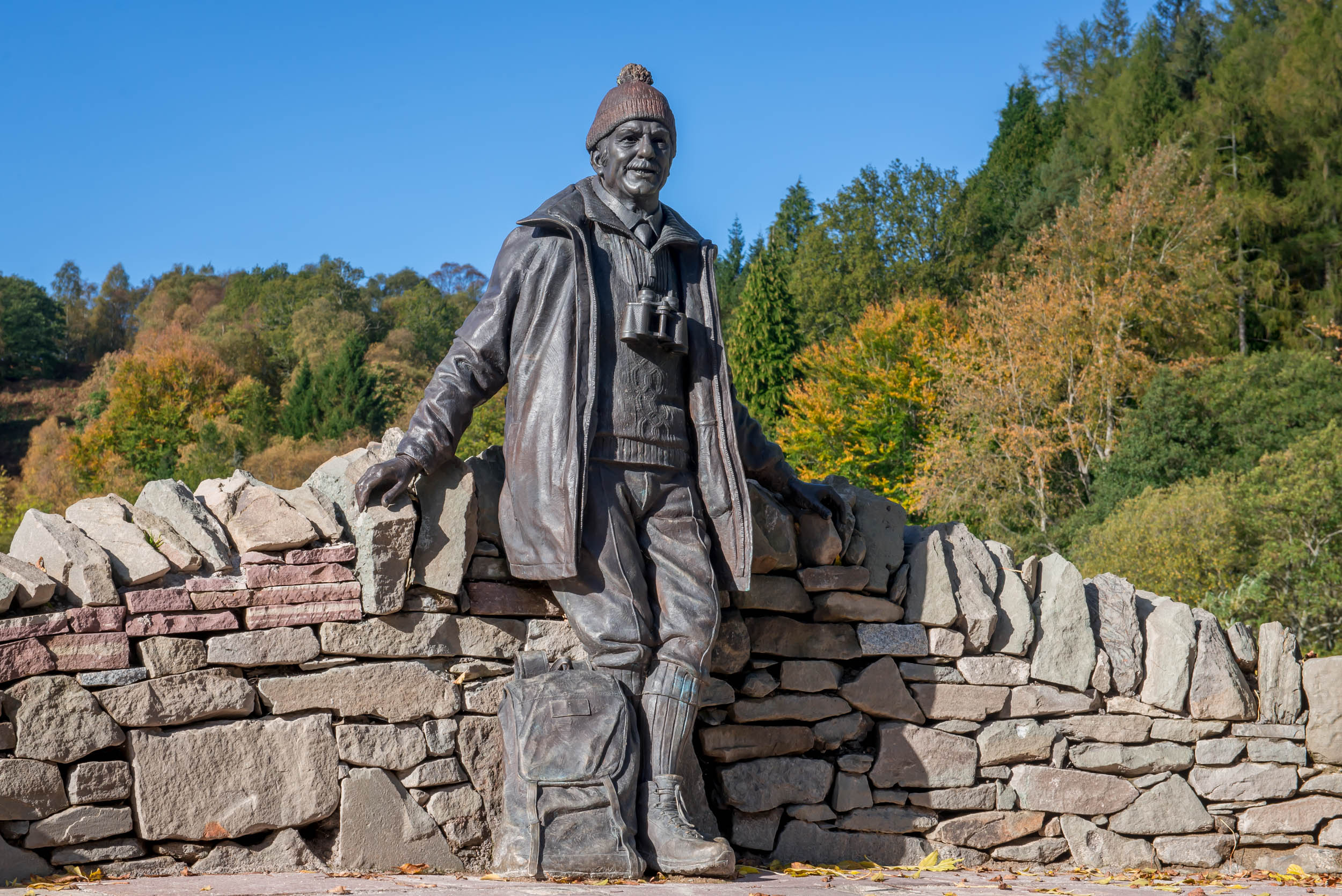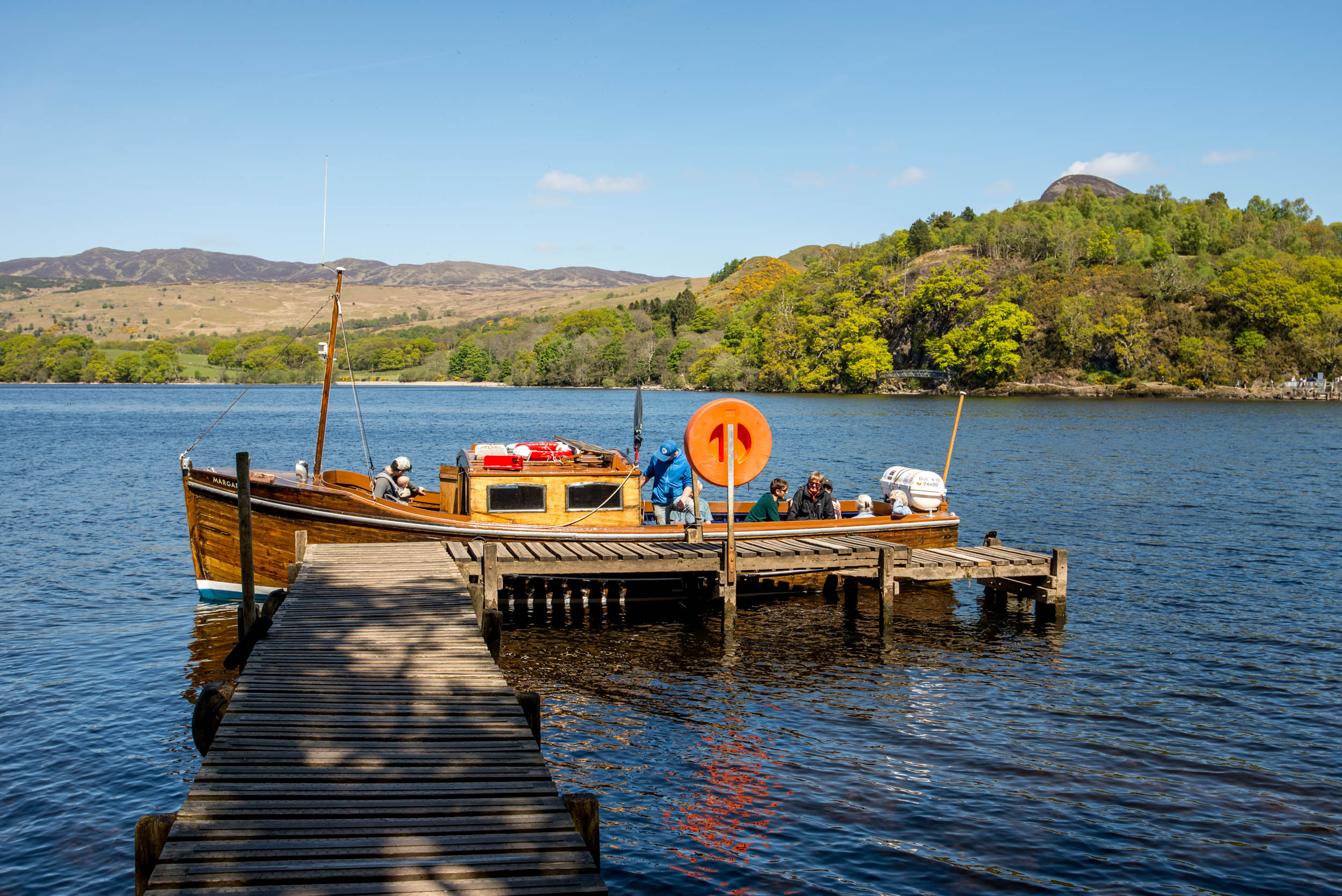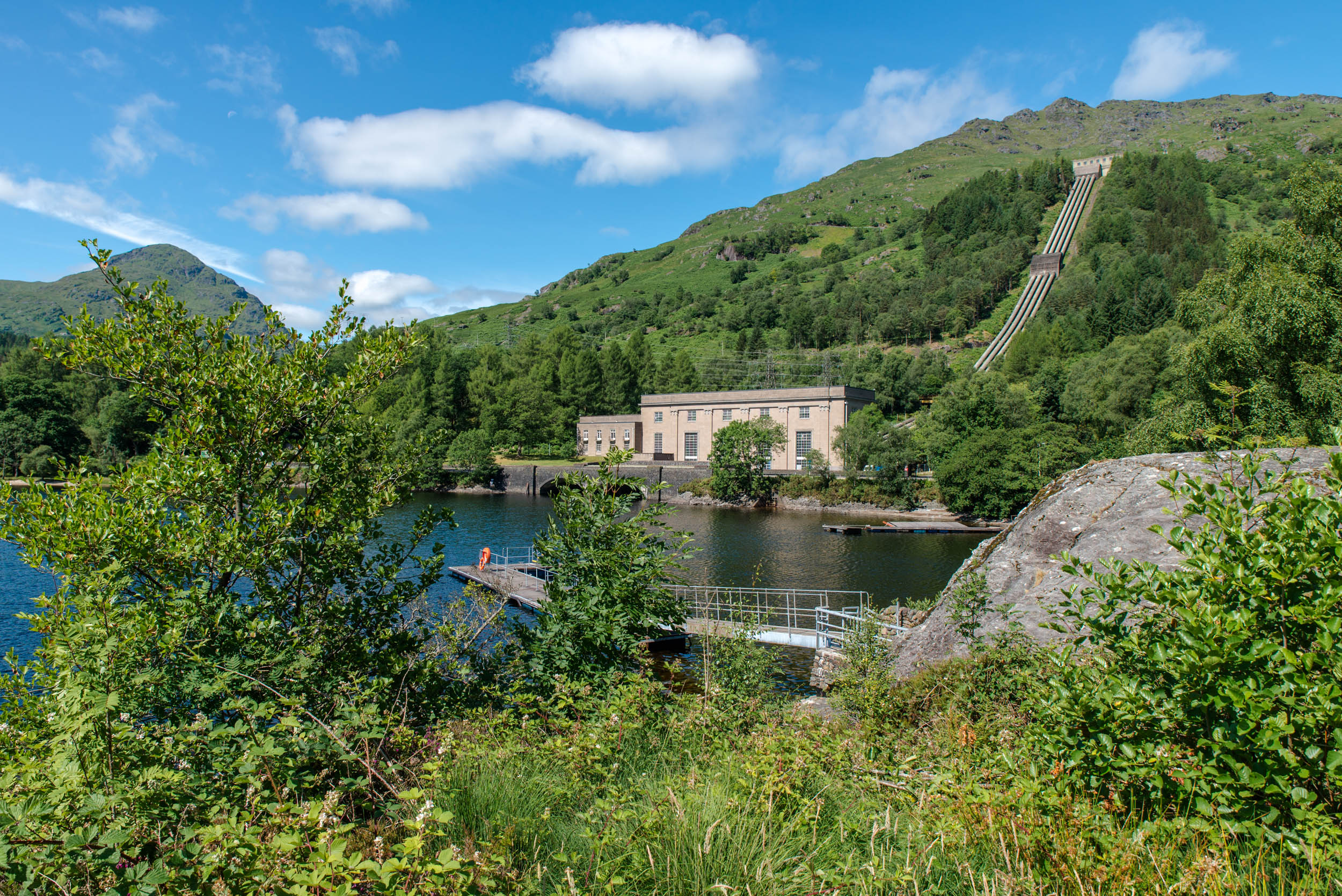Tom Weir's Loch Lomond
Tom Weir’s books
This article was written in January 2020 and updated in early 2023
In January 1970, the famous Scottish mountaineer and broadcaster Tom Weir wrote an introduction to his latest book. While previous publications featured far away places such as Katmandu and Arctic Norway, he wrote about wonders found closer to home - the Scottish Lochs.
Tom wrote the introduction to this two volumes series at his home in Gartocharn, close to the southern shores of Loch Lomond. The books featured stories and pictures of freshwater lochs throughout Scotland, with the first entry being Loch Lomond, the largest of them all.
I discovered and bought these books in a second-hand book shop on Great Western Road in Glasgow in January 2020, exactly 50 years after being first published.
The books are a fascinating insight into Tom’s view of Scottish lochs and, in particular, Loch Lomond from half a century ago. They inspired this article to compare the Loch Lomond of 1970 with today. Tom, of course, was the man responsible for bringing the Scottish scenery into the lives of fellow Scots, thanks to Weir’s Way, his long-running TV series, and his many magazine articles.
The Tom Weir Statue, Balmaha, Loch Lomond
In December 2014, a statue of Tom was unveiled at a pretty little spot by the lochside in Balmaha. His statue is the focal point of what is now known as Weir's Rest. This statue and gardens are much loved and photographed by day-trippers and walkers of the West Highland Way.
Balloch
In the opening sentence of the Loch Lomond section, Tom immediately acknowledges it as Scotland's finest loch. Having been born in Glasgow, he rode the trams to Balloch to explore Loch Lomond. Tom isn't kind about Balloch 'The best thing that can be said about Balloch is that it does not take long to get out of.' When he wrote it, Balloch had not yet transformed from industrial use to tourism, even though it had been discussed for many years.
Balloch is now home to the National Park headquarters, established by the Scottish Government in 2002, along with the centre for retail and leisure, Loch Lomond Shores, a gateway to Loch Lomond.
Marketing Services
Video, Photography & Websites
Maid of the Loch
Maid of the Loch at Balloch
Tom’s book has a fine picture of the Maid of the Loch steamship sailing on Loch Lomond full of passengers. Sadly this was approaching the end of the glory days of the Maid, Loch Lomond’s last steamer. Thankfully the ship is still floating, even though it has not been in operation since the 1980s. A team of volunteers has protected and preserved the iconic steamship and continues their extensive restoration work, intending to get it back sailing one day. Read more about the story of the Maid of the Loch at the link below.
Gartocharn
View from ‘The Dumpling’ in Gartocharn
Whilst Balloch is not loved by Tom; there is clearly a deep love for his nearby home village of Gartocharn. Tom’s home is close to Duncryne Hill, known as The Dumpling. Tom describes this as ‘the finest viewpoint of any small hill in Scotland.’ The reward for a fifteen-minute walk is the view across the loch and its islands. Tom takes this opportunity to describe the Highland Boundary Fault, which runs across some of the islands and over to Conic Hill.
Highland Boundary Fault
View from Conic Hill, Loch Lomond
In his book, Tom describes the effect of the Highland Boundary Fault and is mesmerised by the impact that it has had on Loch Lomond. The view from Conic Hill, close to Balmaha, is one of the best places to see this.
Balmaha Bay
Inchcailloch Island Ferry, Loch Lomond
Back in 1970, according to Tom, a Mr MacFarlane of the Balmaha Boatyard would take you over to Inchcailloch Island, part of the Loch Lomond Nature Reserve. Today it will still be a Mr MacFarlane, albeit one from the next generation, who will likely be operating the wooden ferry boat to the beautiful island.
Visual Scotland
Scenic Video/Photo Stock
Inversnaid
RSPB Reserve, Inversnaid
Next on Tom’s list is the walk from Inversnaid to Inverarnan in The Trossachs. According to Tom, this is a walk that is more likely to be trodden by goats than humans. However, a decade or so later, the West Highland Way was established as Scotland’s first long-distance trail, taking in this pathway. The West Highland Way has become increasingly popular over the years.
Loch Sloy & Ben Lomond
Loch Sloy Power Station
Tom describes the Loch Sly Power station, built after the Second World War. At the time, a similar scheme was considered for Ben Lomond. You may be horrified by the thought of this; Tom certainly was saying, ‘Only the weight of public opinion would be able to stop this act of vandalism.’ Public opinion ultimately saved Ben Lomond from this, thanks to people such as Tom and the founders of the Friends of Loch Lomond, who helped preserve this beautiful mountain.
Duck Bay
The A82 that runs along the western shores of Loch Lomond was, as Tom wrote was getting busier each year, thanks to significant improvements made during the 1980s. Tom describes a realignment of the road by Duck Bay that had removed a dangerous bend and created a new picnic spot. Duck Bay is still a popular place today, for many an entry to the National Park. Sadly, this area often features litter; in addition, the toilet facilities have been closed for some time.
Loch Lomond Bear Park
At Cameron House in 1970, you could see brown bears, polar bears and Himilayan bears. Now a resort complex, with a hotel rebuilt following a major fire a few years back.
Tom Weir Statue, Balmaha, Loch Lomond
Tom's thoughts
Tom's wise words in the Loch Lomond section of his book highlight the need for conservation and preservation as visitor numbers increase. The proceeding decades had involved planning for this by authorities, including facilities introduced during the 50 years that followed. In the book, he says, 'Planned attractions are what most people want. The scenery is not enough.'
Thanks for reading
Words and photography by Paul Saunders. Visit Paul’s Marketing and Photography websites for details of his services in Scotland.
Please let us know if you found the guide helpful in the comments section below.













Buy our guidebook, 101 Things to Do in Loch Lomond and the Trossachs, packed with attractions, views, and activities to enjoy.